COVID-19 Vaccines: What You Need to Know
Get the latest information on the COVID-19 vaccines, including how they created, who should get them, safety, side effects, distribution updates and more.
View Additional Information
Stay up-to-date on the spread of COVID-19 with information on symptoms, prevention, vaccine updates, and how you can help slow the spread.
COVID-19 symptoms may appear in as few as two days or as long as 14 days after exposure to the virus. The virus may cause respiratory symptoms such as:
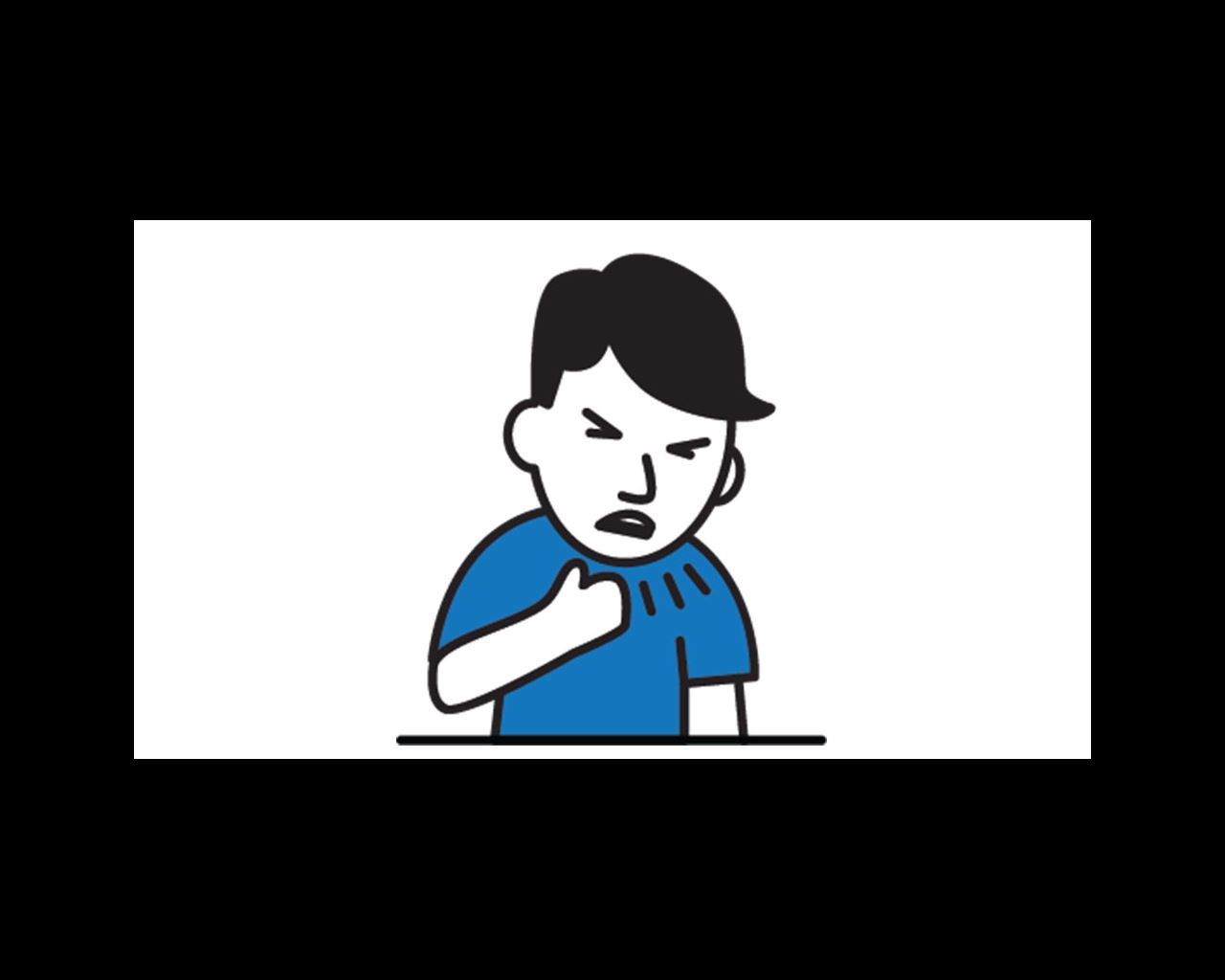

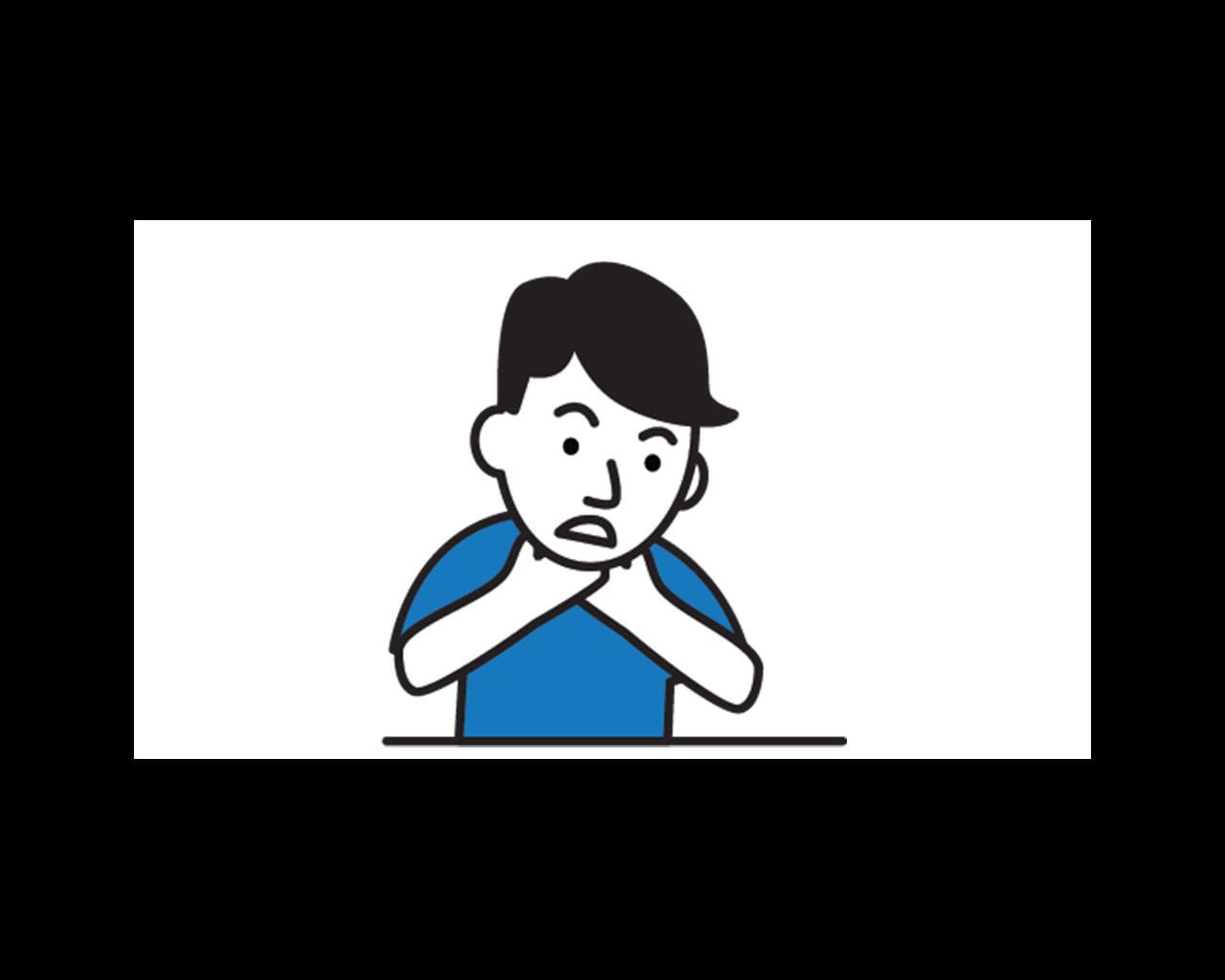
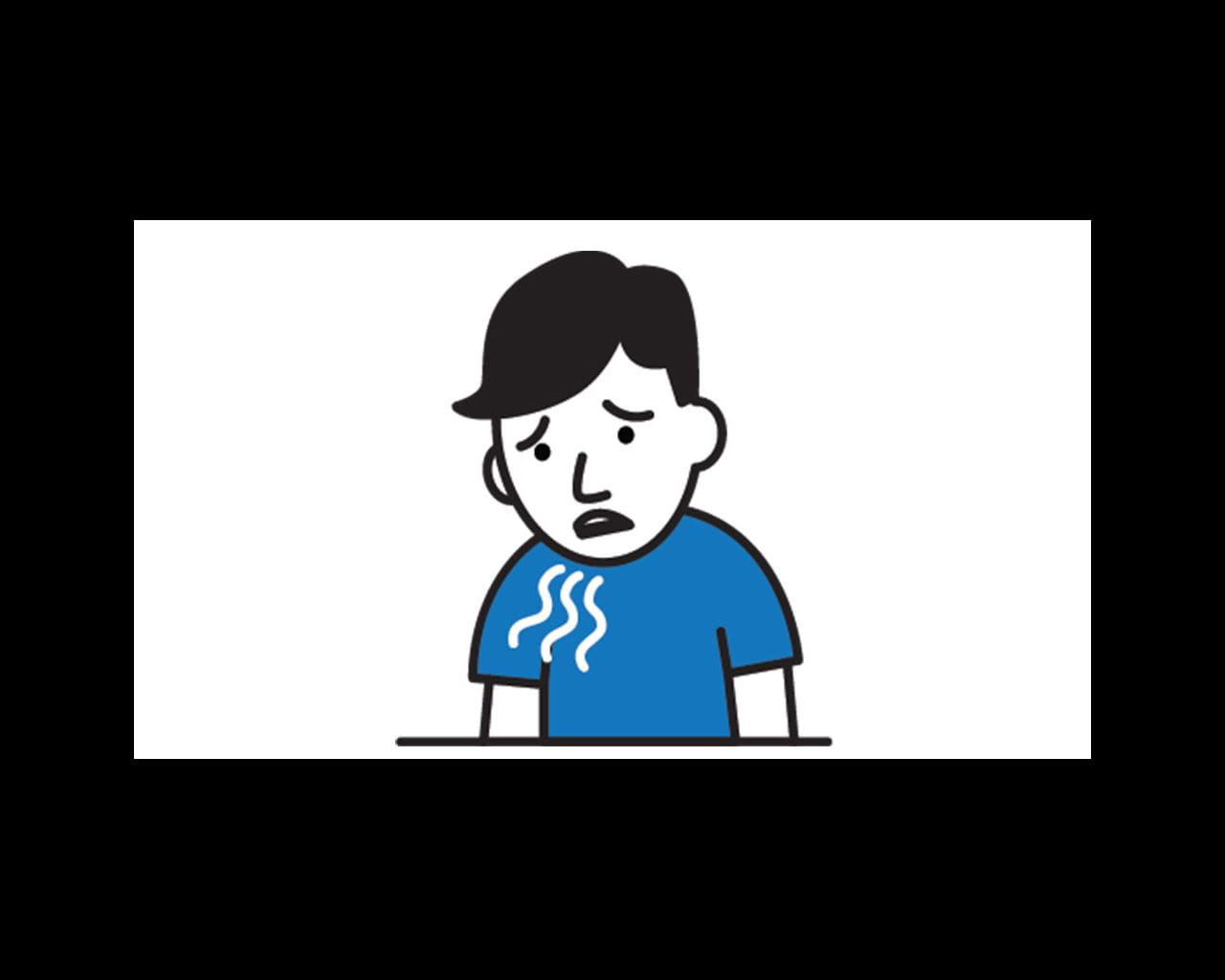

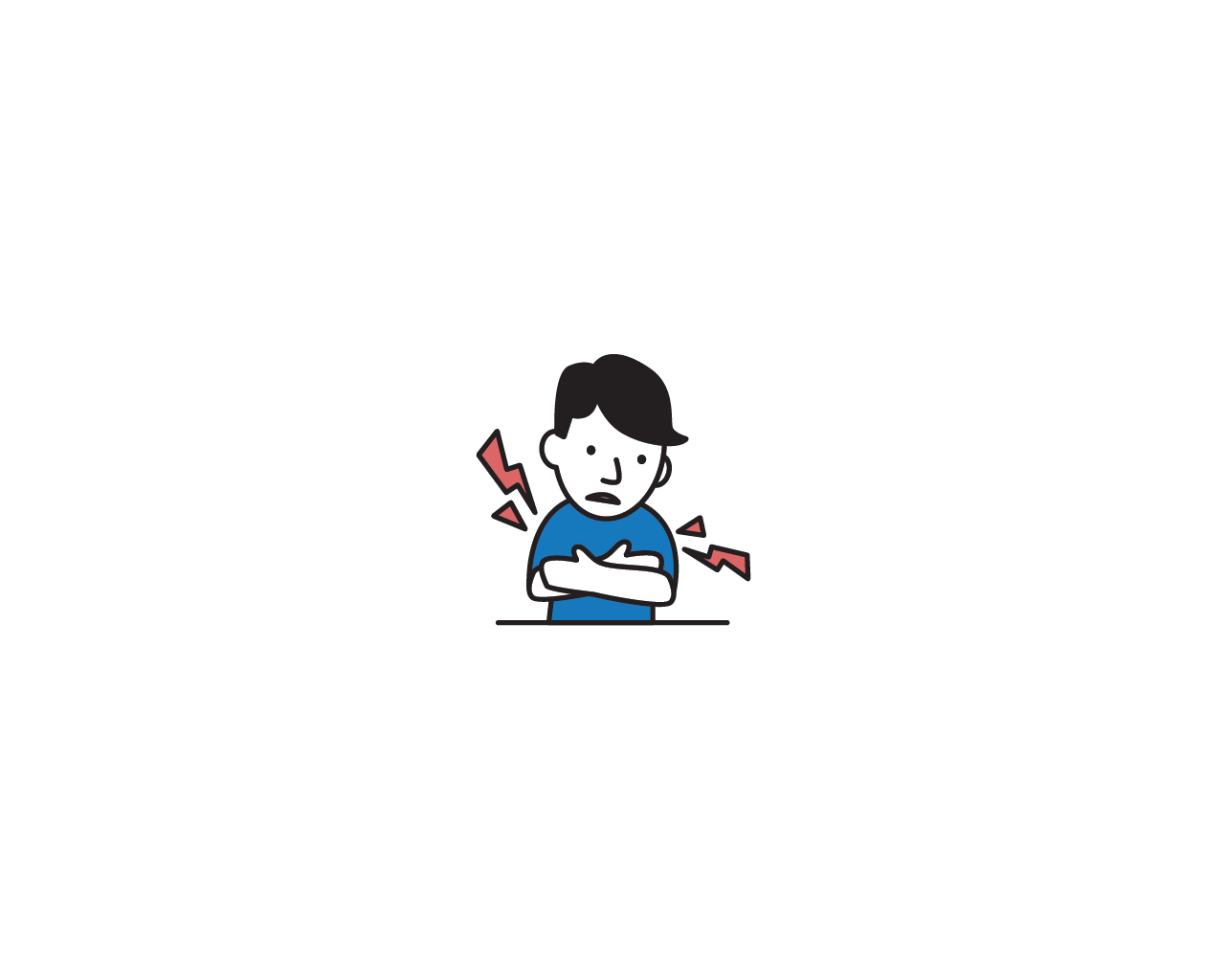
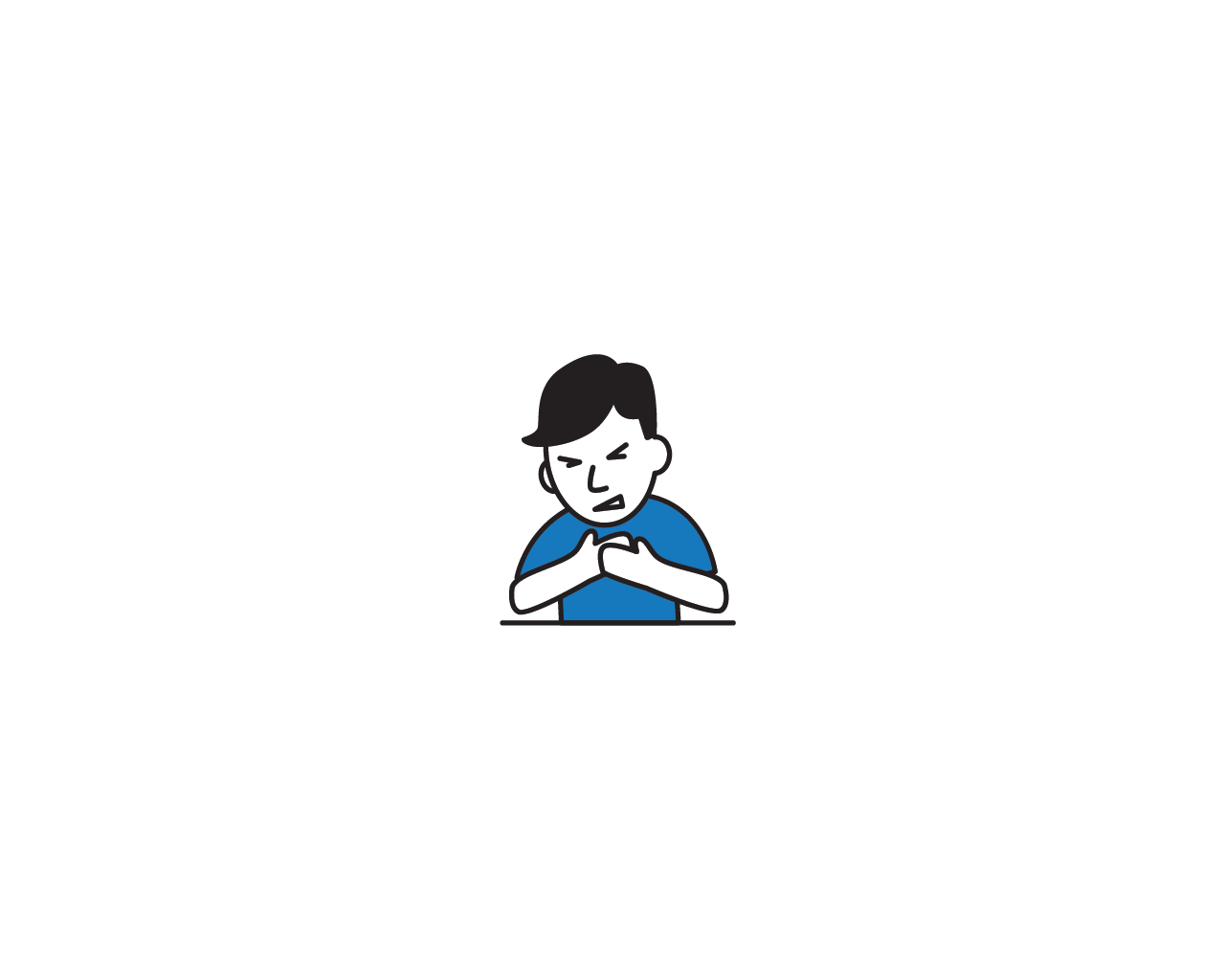

All three of these illnesses caused by respiratory viruses share similar symptoms such as stuffy nose, sore throat, and fatigue. It’s not uncommon to mistake one for the others. But getting a COVID-19 test as a precaution is always a safe first step to take.